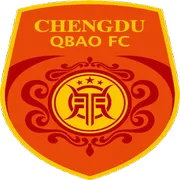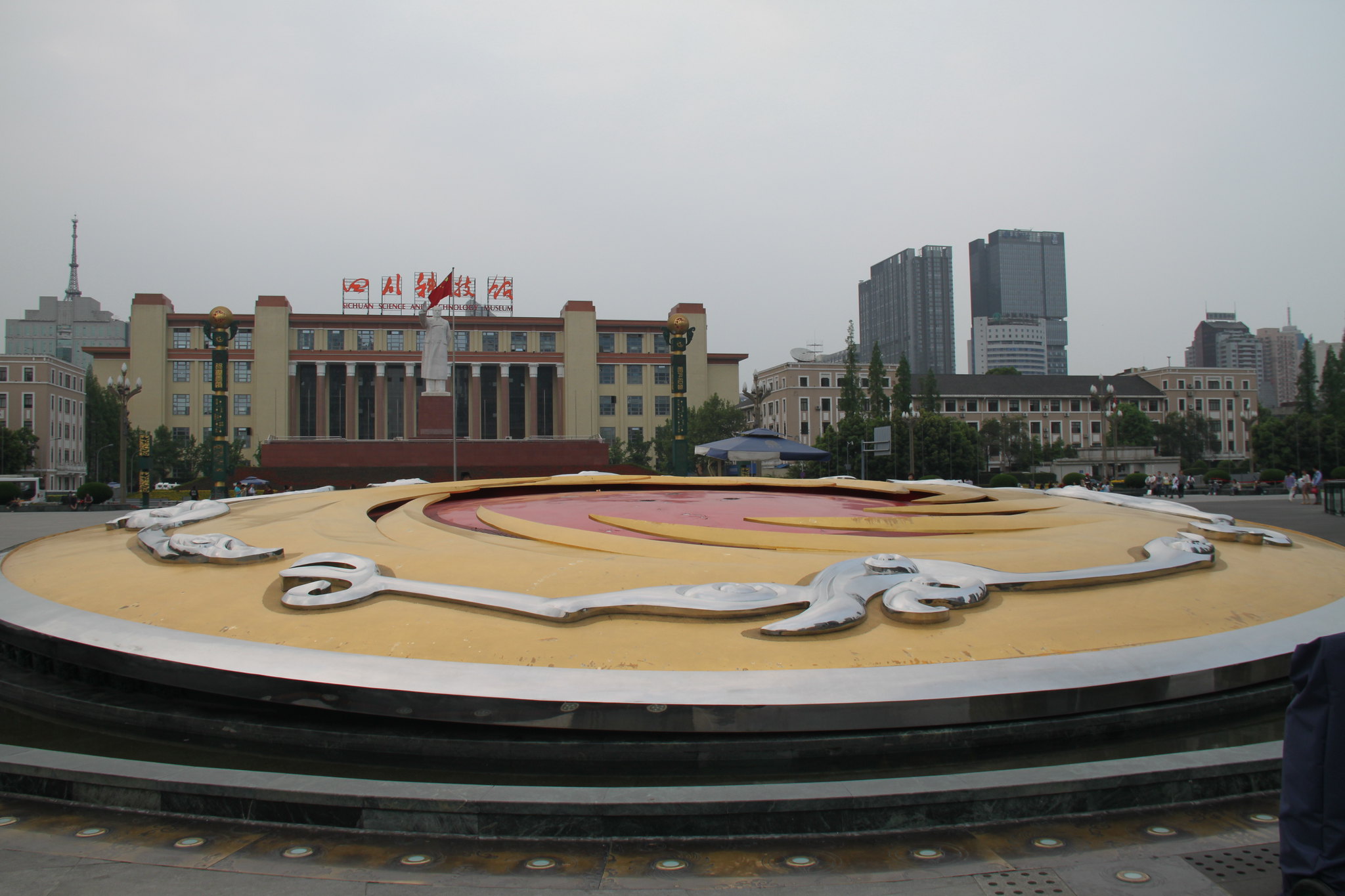Tianfu Square is a prominent urban plaza located in the heart of Chengdu, the capital city of Sichuan Province, China. Spanning an area of approximately 88,000 square meters, it serves as a central gathering point and cultural landmark for the city. The square is dominated by a large statue of Chairman Mao Zedong and features beautifully landscaped gardens, fountains, and open spaces. Surrounded by modern skyscrapers and important government buildings, Tianfu Square symbolizes Chengdu’s rapid development and its blend of traditional and contemporary elements. The square is also a transportation hub, with a major subway station located beneath it, connecting various parts of the city.
At the heart of Chengdu, the capital city of Sichuan province in China, lies Tianfu Square, a bustling urban center that serves as a symbol of the city’s rich history and modern development. While the square itself is an impressive sight, with its expansive open spaces and surrounding skyscrapers, it’s the iconic statue at its center that truly captures the imagination of visitors and locals alike.
Standing tall and proud in the middle of Tianfu Square is a massive statue of Chairman Mao Zedong, the founding father of the People’s Republic of China. This imposing figure, measuring 30 meters (98 feet) in height, has become an integral part of Chengdu’s skyline and a popular landmark for tourists and photographers. The statue depicts Mao with his right arm raised, as if waving to the crowds below, a gesture that has come to symbolize his enduring influence on Chinese society.
The statue’s presence in Tianfu Square is not merely decorative; it holds deep cultural and historical significance for the people of Chengdu and China as a whole. Erected in 1967 during the height of the Cultural Revolution, the statue serves as a reminder of a tumultuous period in Chinese history and the profound impact that Mao’s leadership had on the nation. Despite the controversial nature of Mao’s legacy, the statue remains a powerful symbol of China’s revolutionary past and its journey towards modernization.
Interestingly, the statue’s location in Tianfu Square is no coincidence. The square itself was once the site of an ancient imperial palace, which was later replaced by a Qing dynasty government office. This historical connection adds another layer of significance to the statue, as it stands on ground that has long been associated with power and authority in Chengdu.
As visitors approach the statue, they’re often struck by its sheer size and the level of detail in its craftsmanship. The bronze sculpture was created by a team of skilled artisans who worked tirelessly to capture Mao’s likeness and project an aura of strength and leadership. The statue’s raised arm and forward-looking gaze seem to embody the spirit of progress and determination that has driven China’s rapid development in recent decades.
Beyond its historical and political significance, the Mao statue has become an integral part of daily life in Chengdu. Locals often use it as a meeting point or a backdrop for photos, while tourists flock to the square to catch a glimpse of this iconic landmark. In the evenings, the statue is illuminated, creating a striking visual spectacle that adds to the vibrant atmosphere of Tianfu Square.
The statue’s presence has also inspired various cultural events and activities in the square. From patriotic gatherings to art installations that engage with the statue’s symbolism, Tianfu Square has become a dynamic space for public expression and community engagement. This interplay between the historical monument and contemporary urban life highlights the evolving nature of cultural symbols and their ability to take on new meanings over time.
As Chengdu continues to grow and evolve, the Mao statue in Tianfu Square remains a constant presence, bridging the gap between the city’s past and its future. While opinions on its significance may vary, there’s no denying the statue’s impact on the cultural landscape of Chengdu. It stands not only as a tribute to a controversial historical figure but also as a testament to the complex relationship between art, politics, and public space in modern China.Tianfu Square stands as a symbol of Chengdu’s modernization and cultural heritage. Located in the heart of the city, it serves as a central gathering place for locals and tourists alike. The square’s iconic statue of Chairman Mao, expansive green spaces, and surrounding skyscrapers reflect the blend of China’s communist past and its rapid urban development. With its underground shopping mall, nearby metro stations, and proximity to important government buildings, Tianfu Square plays a vital role in Chengdu’s urban landscape and daily life. It remains a testament to the city’s growth and a popular destination for both leisure and civic activities.

